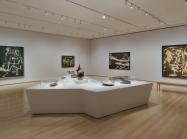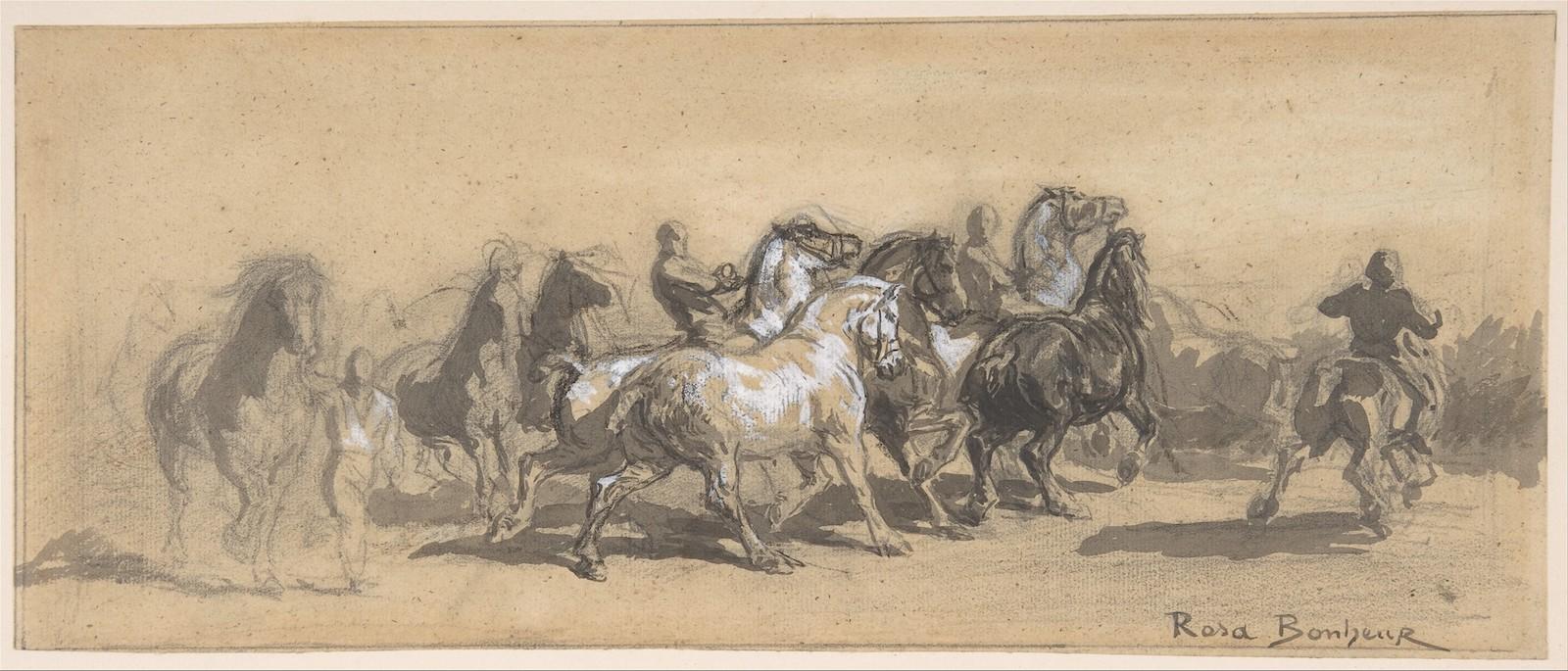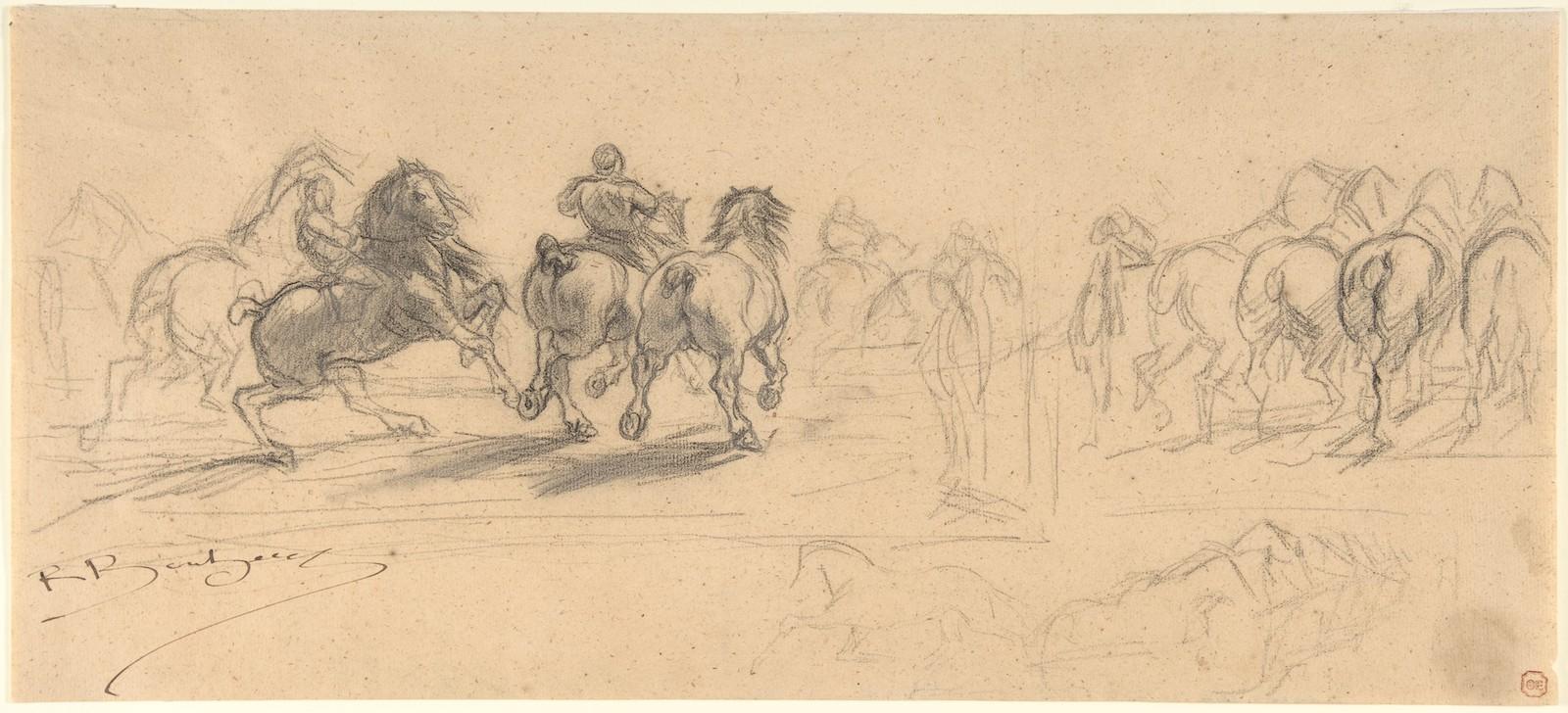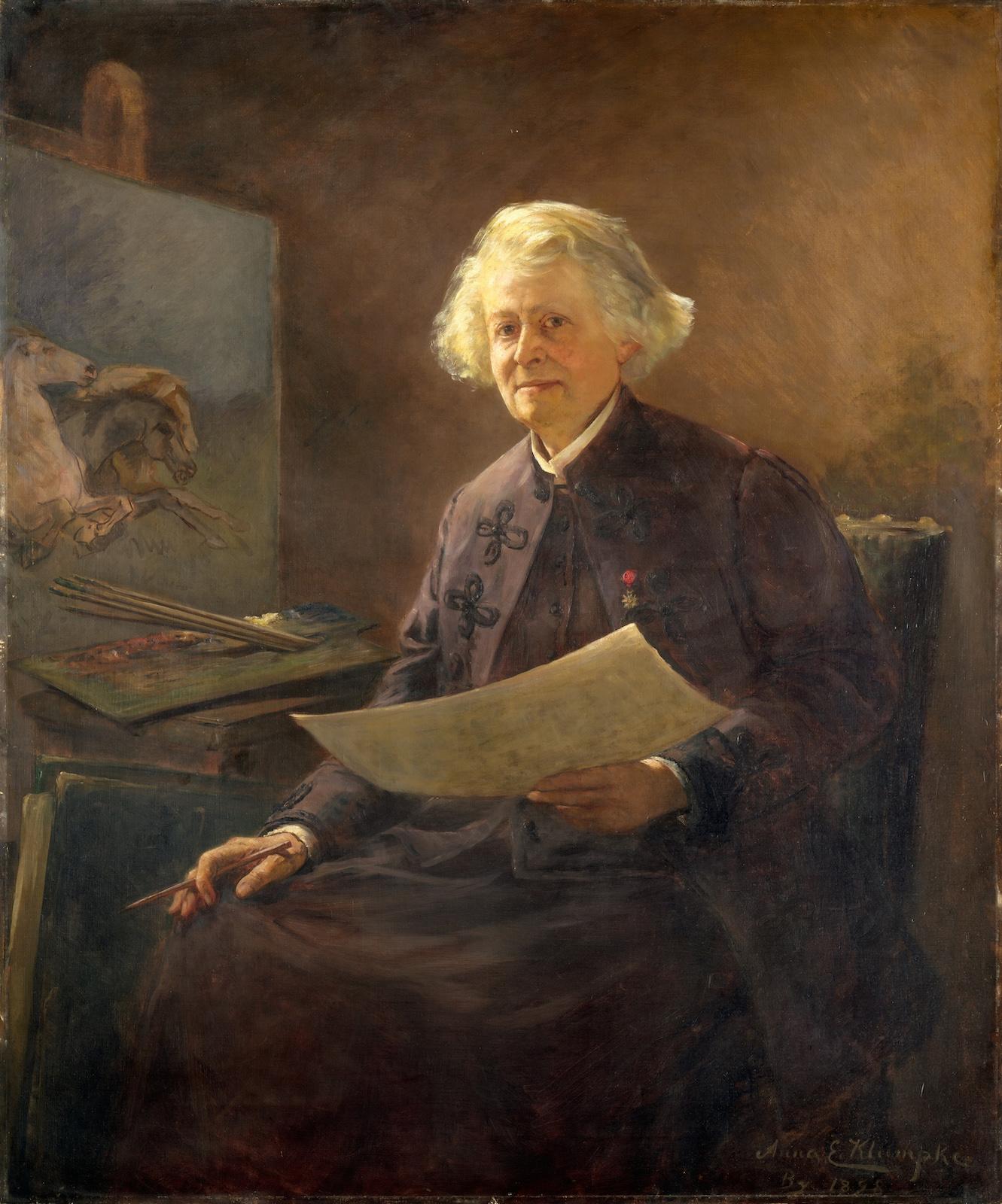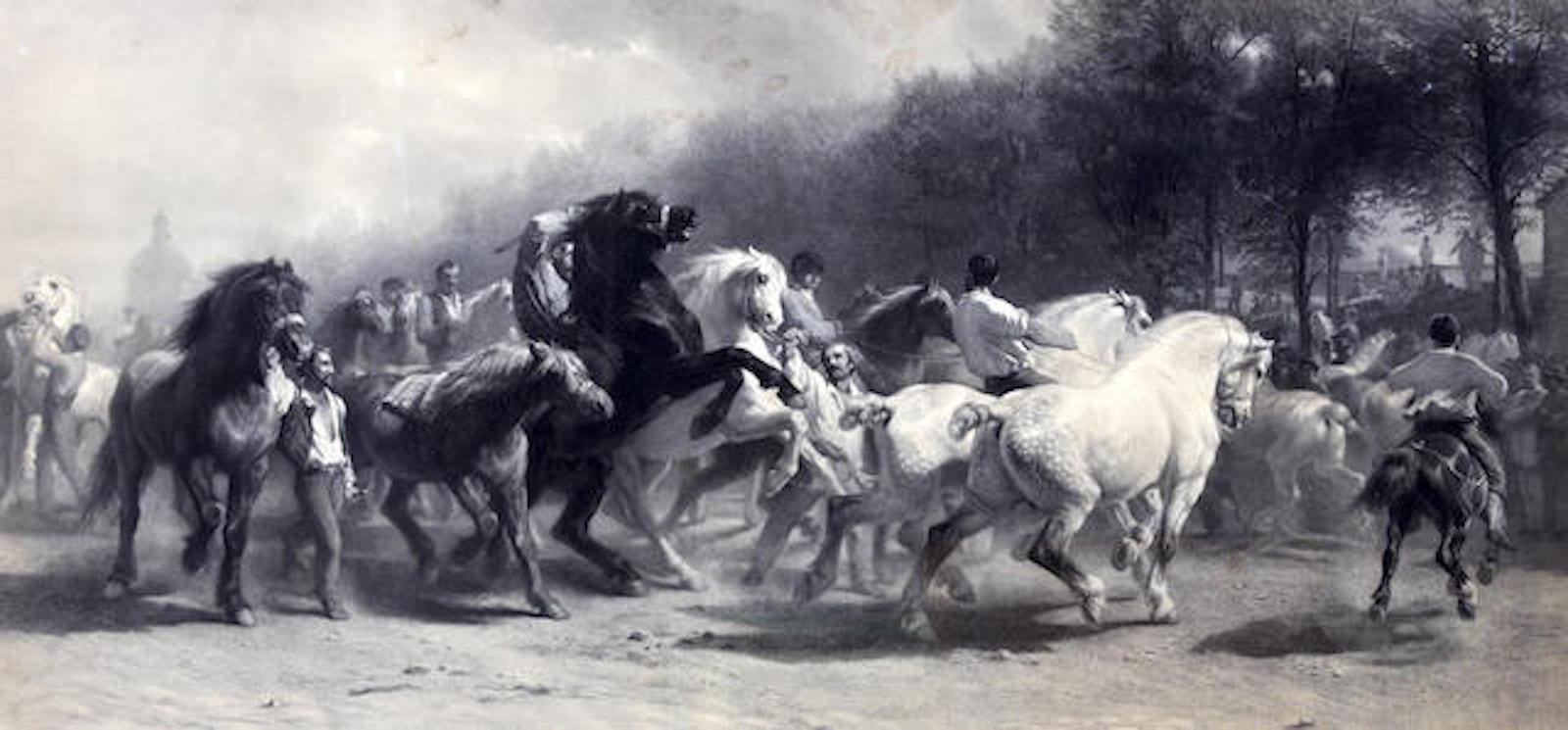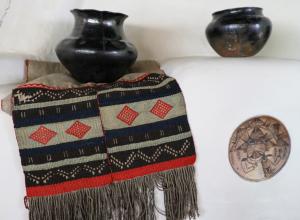It is important to remember that Bonheur was ultimately more than a markedly achieved artist. She was also a fiercely independent and determined individual. For example, after she received unwanted attention and harassment while sketching on location, she began to disguise herself as a man for such outings.
Her socialist father, to an extent that was unusual for the nineteenth century, believed in equal rights and opportunities for all people. The artist once said, “To [my father’s] doctrines I owe my great and glorious ambition for the sex to which I proudly belong and whose independence I shall defend until my dying day.”



